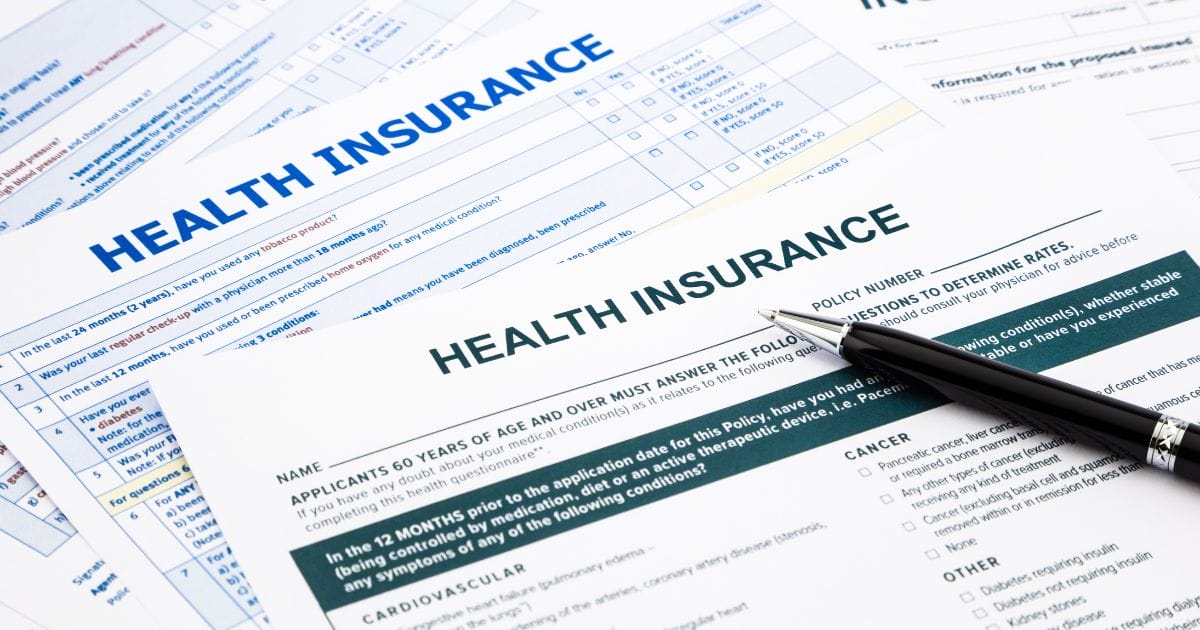The number of Hoosiers without health insurance decreased between 2021 and 2022, falling 0.6% to 7% uninsured, according to a release from the United States Census Bureau.
“For seven of the states with lower uninsured rates in 2022, the difference was driven by increased private coverage. For 10 states, the uninsured rate decrease was related to increased public coverage,” said David Waddington, a division chief with the bureau.
The report credits increased insurance coverage in Indiana to an enrollment uptick in public health insurance options, such as Medicaid, rather than any significant change in private insurance plans. Six other states fell into the same category, including Alabama, California, Georgia, Illinois, Michigan and Oklahoma.
Three other states — Missouri, New York and Virginia — saw decreases in private coverage, but overall coverage increased due to public enrollment growth, accounting for the 10 states where the uninsured rate dropped due to programs like Medicaid.
Growth in Medicaid coverage
However, the uptick in coverage could be temporary.
The number of Hoosiers enrolled in Medicaid grew under COVID-19 policies meant to mitigate the pandemic’s tumultuous economic impact, as millions lost their jobs and therefore, private insurance coverage.
The federal government increased its portion of Medicaid spending to incentivize states not to drop anyone’s coverage during the Public Health Emergency, which ended earlier this year.
Medicaid enrollment grew from 1.4 million prior to the pandemic in 2020 to a high 2.2 million in April of 2023, according to Indiana’s Family and Social Services Administration (FSSA), which oversees the program.
In a multi-month “unwinding” process, more than 208,000 Hoosiers have lost their coverage since FSSA started reviewing Medicaid rolls in April. Another 363,000 retained their coverage, according to a Medicaid Tracker from the nonprofit health policy organization KFF.
The findings from the Census Bureau cover 2022’s enrollment, meaning that health care coverage could fall in next year’s report.
Between 2021 and 2022, coverage in public insurance grew from 35.9% to 36.8%, according to the bureau. Employment-based coverage fell over the same period from 58.2% to 57.4%, while direct purchase coverage grew slightly from 12.6% in 2021 to 13% in 2022.
Other changes in income, poverty
The Indiana findings come from the annual American Community Survey conducted by the Census Bureau, which also found that Indiana’s median household income decreased while senior citizen poverty increased. At the same time, the percentage of households receiving supplemental food assistance fell.
Last week’s release didn’t speculate on causes or identify state-level percentages, though several other states had similar findings. The median household nationwide was $74,755 in 2022, a 0.8% decline from the previous year after adjusting for inflation. Indiana was one of 17 states with median incomes that fell, while another five saw increases.
The overall rate of poverty didn’t increase in any state, but one state — West Virginia — saw an increase in childhood poverty, and 19 states saw an increase in the poverty rate for those aged 65 and older, including Indiana.
Indiana was also one of 11 states where the percentage of households receiving Supplemental Nutritional Assistance Program benefits (SNAP) fell, though eight other states saw those numbers increase.
The Census Bureau is scheduled to release additional one-year statistics from the survey over the coming months as well as a compiled 5-year estimate. Topics range from educational attainment to computer use.
This article originally appeared on Indiana Capital Chronicle.






